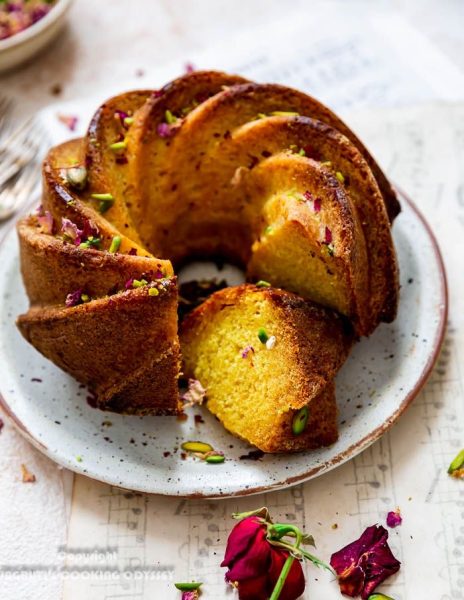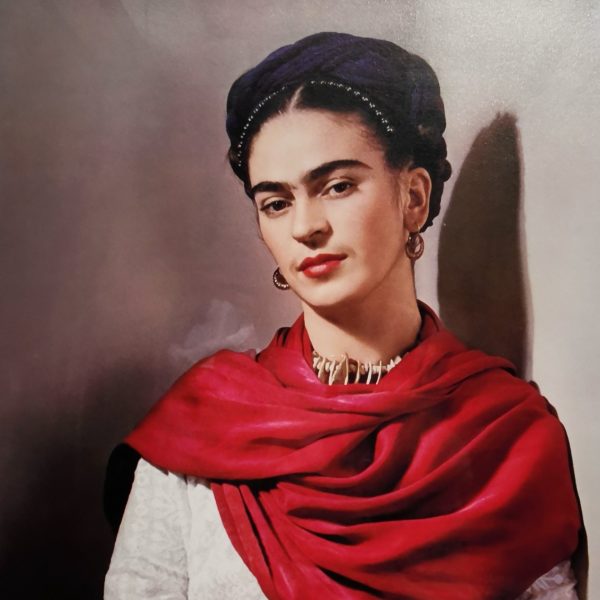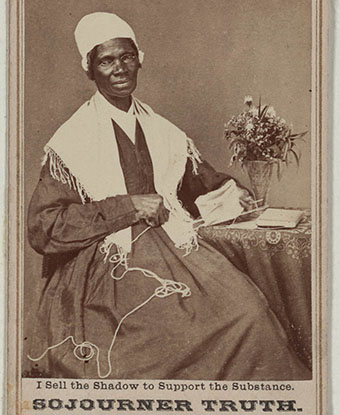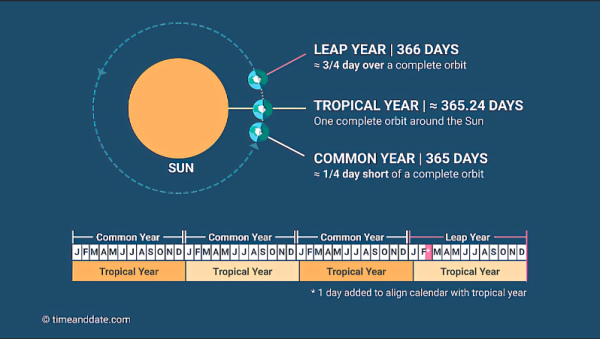Christmas Across the Globe
Decorating the Christmas tree, setting up twinkling lights on the roof, inflating a giant Rudolph, and baking cookies for Santa Claus are only some of the fun, heart-warming traditions celebrated in America during Christmastime. Traditions across the country, from state-to-state and county-to-county, vary greatly; America is a melting pot of an assortment of different and diverse cultures. Besides Christmas, many Americans celebrate Hanukkah and Kwanza, just to name a few (be sure to check out our Holidays Edition article on Hanukkah!). Many cultures have their own take on Christmas, from fried chicken to child-scaring Krampus.

Germany
Christmas markets are popular in Germany: vendors sell anything from deliciously baked goods to glass ornaments, which, (surprise!) are a German decoration. Christmas trees are very important to the German people and are usually brought in on Christmas Eve, when gifts are exchanged. Children write letters to “das Christkind” (The Christ Child), a young girl dressed in white and gold to resemble a deity. St. Nicholas brings presents on December 6th, accompanied by Krampus, a terrifying, horned monster meant to punish naughty children.
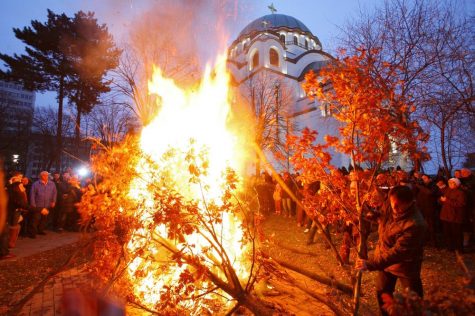
Serbia
The Serbian Orthodox Church follows the Julian calendar, resulting in Christmas falling on January 7th. Advent, a time of fasting celebrated by many, lasts about 40 days from late November until Badnje Veče (Christmas Eve). On Badnje Veče, most Serbs attend a late church liturgy, where a giant bonfire burns the branches of the old badnjak (oak tree used as a Christmas tree) and welcomes the new one. The most tasty part of Serbian Christmas traditions (in my humble opinion) is the česnica, a round loaf of bread with hidden coins left inside. On Christmas Eve, families “break” the bed to find the coins or coin, each of which has its own meaning, from good fortune to wealth. Deda Mraz (Grandfather Frost) brings presents on Christmas Eve.
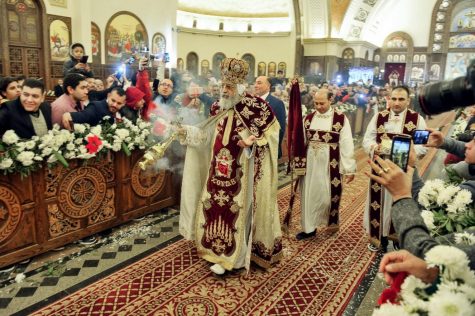
Egypt
Similar to Serbia, Egyptian Christians (Coptic Orthodox Church) celebrate Christmas on January 7th and fast for 43 days for Advent, also known as the Holy Nativity Fast. Kiahk, the month leading up to Christmas, includes nights of singing praise songs. Baba Noël (Father Christmas) climbs through house windows and leaves gifts for children. Kahk, a sweet biscuit, is given as a present on Christmas Day.
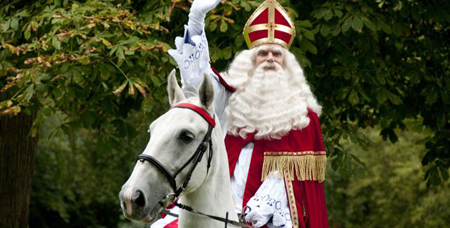
The Netherlands
St. Nicholas is known as Sinterklaas in The Netherlands; on the eve of St. Nicholas Day, the Dutch hold festivities and celebrations. Sinterklaas travels from Madrid, where he is rumored to live, to different harbors across The Netherlands, accompanied by Sooty Pieten (Sooty Peters). Once they arrive, church bells ring and Sinterklaas rides through the city on a white horse. Children leave shoes out on windowsills, or by the fireplace for him and hay and carrots for his horse in exchange for presents.
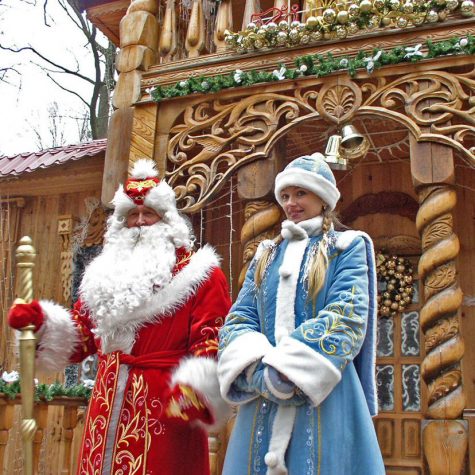
Russia
Not as popular of a holiday as compared to New Years, Christmas in Russia is also celebrated on January 7th. Because of the banishment of Christmas in 1929 by the communists, Christmas wasn’t celebrated until after 1991 in Russia. With a tall, magical staff, Ded Moroz (Grandfather Frost), accompanied by his granddaughter Snegurochka, brings gifts to children on New Years. Children create a circle around the Christmas tree, holding hands, and sing out for Ded Moroz and Snegurochka.

Colombia
Día de las Velitas (Day of the Candles) is the first day of Christmas preparations. Lights, fireworks, dancing and music are only a few things that decorate the “Feast of the Immaculate Conception”. Children write letters to Baby Jesus, known as Carta al Niño Dios, asking for presents. Nativity scenes are very important in Colombia, as are Novena de Aguinaldos, or special times of prayer. Family and friends meet up at different houses each night to pray and sing carols.
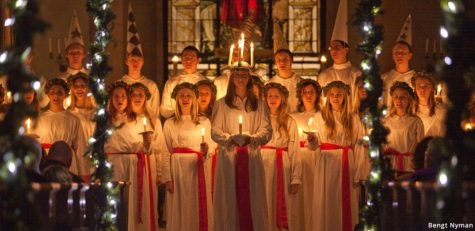
Sweden
December 13th, known as St. Lucia’s Day, is one of the most important holidays in Sweden, celebrating a young girl who fed persecuted Christians in Rome. Nowadays, a girl is chosen to play St. Lucia, dressed in a white dress with a red belt and candle crown. Swedes hang Advent Stars, white or red with shining lights inside, in their windows to remember the wise men’s journey to Jesus.
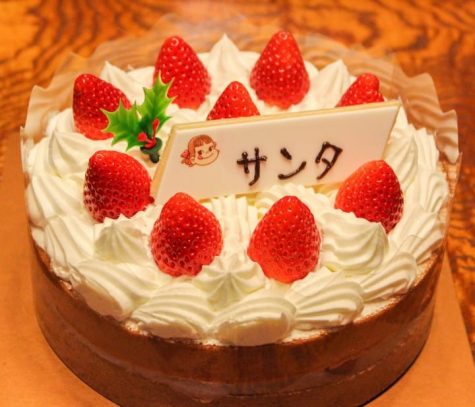
Japan
Not necessarily a religious holiday, Christmas in Japan is celebrated as a day of joy and happiness. Christmas Eve is more romantic, coinciding with Valentine’s Day, while fried chicken is eaten on Christmas Day. The Japanese have adopted their own take on Christmas Cake: a strawberry sponge cake with whipped cream.
Here at ACP, we are proud to announce that we are the most diverse school in Chandler District. Our diverse cultures are represented by all of the continents on this globe (excluding Antarctica). Happy Christmas, Knights!




